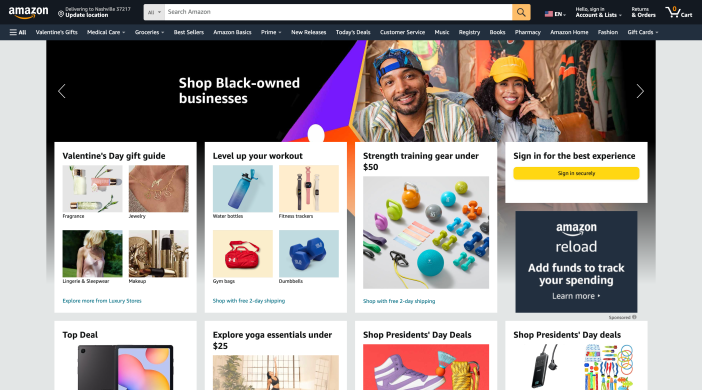You have just started selling on Amazon. From a vast customer base and sophisticated logistics network to a range of tools and programs to help sellers thrive, there are many reasons to jump onto this platform.
There is just one issue: achieving success on Amazon is a formidable challenge.
As a seller, you must tackle hurdles ranging from a competitive landscape to strict policies. To help you out, this article explains how to overcome common challenges new Amazon sellers face. This ensures your business not only survives but thrives in this dynamic marketplace.
Inventory Management
Effectively managing your inventory is essential when selling on Amazon. Overstocking ties up capital and incurs storage sess. On the other hand, understocking leads to missed sales and negatively impacts ranking on the platform. Balancing supply with demand requires a keen understanding of market trends and customer behavior.
Fortunately, Amazon supplies you with helpful inventory tools. By combining these with forecasting techniques – such as analyzing sales data and considering seasonal fluctuations – you can maintain optimal stock levels. This allows you to meet customer demands without excessive costs.
Competition
Over 60% of sales through Amazon were achieved by independent sellers, and US-based sellers alone distributed over 4.1 billion items in 2022. What does this tell you? Well, aside from the Amazon marketplace being highly popular, it is also highly competitive. Numerous sellers are vying for customer attention – and standing out requires more than simply a great product.
Strategic branding, niche targeting, and customer engagement are the pillars required to compete effectively. It is wise to first analyze the strategies used by your industry’s top competitors. You should also fully understand your unique value proposition and leverage customer feedback for continuous improvement.
Marketing
Extending on from the previous point, you must effectively market your products on Amazon to increase visibility – and those all-important sales numbers. There are various ways this can be done, including:
Use SEO techniques to optimize product listings. This includes more eye-catching titles, detailed descriptions, and high-quality images.
Invest in Amazon’s CPC advertising, Sponsored Products, to feature your items at the top of search results.
Leverage social media, email marketing, blogs, and other external marketing channels to drive external traffic to your Amazon listings.
Encourage and manage customer reviews to build trust and improve product ranking on Amazon.
Many businesses turn to specialist agencies for help with their Amazon marketing. This way, they can leverage an agency’s expertise and guidance, ensuring they are going in the right direction across Amazon’s competitive landscape.
Pricing Wars
Pricing wars are not good. Get into a pricing war on Amazon, and this can erode profits and lead to unsustainable business practices. To navigate this issue, consider the following tips:
Focus on value rather than just price.
Implement dynamic pricing strategies which respond to market changes.
Use price tracking tools to monitor competitor pricing but avoid constant undercutting.
Enhance perceived product value through superior quality, bundled offerings, or exceptional customer service.
Cover all of these points, and you can cultivate a loyal customer base less sensitive to price fluctuations – even on Amazon.
Own Delivery vs Fulfillment by Amazon
There are pros and cons to either managing your own deliveries or using Fulfillment by Amazon (FBA). The latter, FBA, offers faster shipping and Prime eligibility, and these points can increase sales. However, it also comes with fees and less direct control over inventory. Conversely, self-shipping allows more control and potentially lower costs. Yet, it may reduce visibility and customer trust.
To make the decision, evaluate your business size, product type, and customer expectations.
